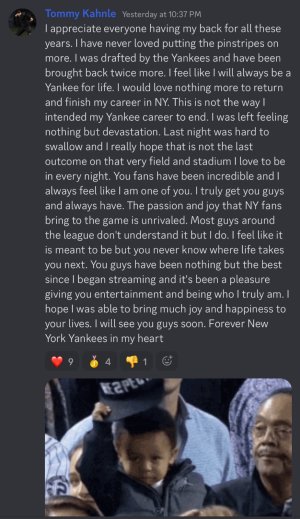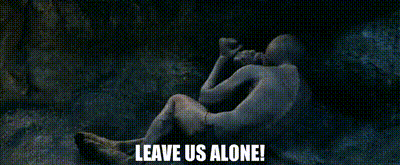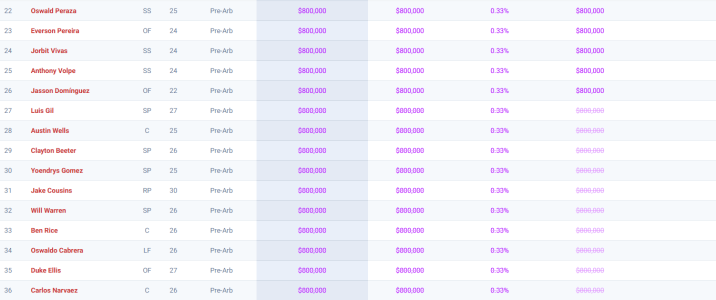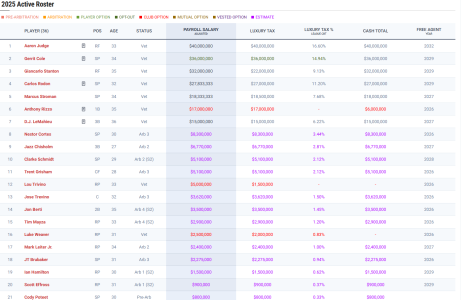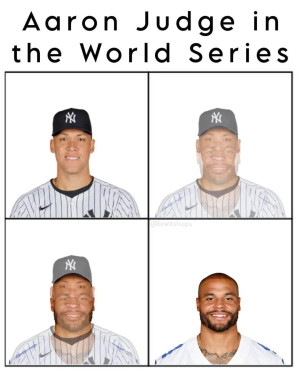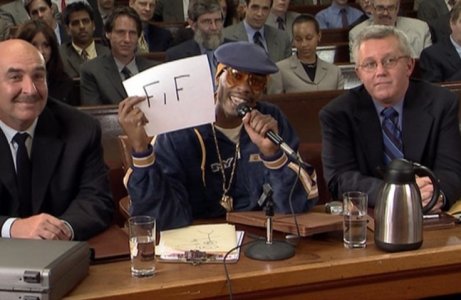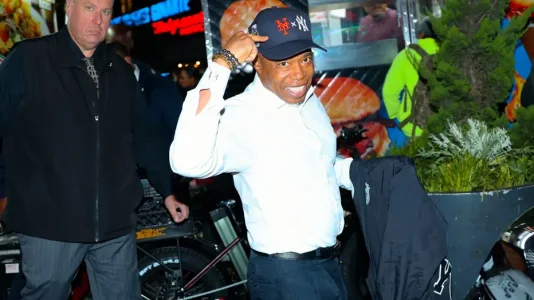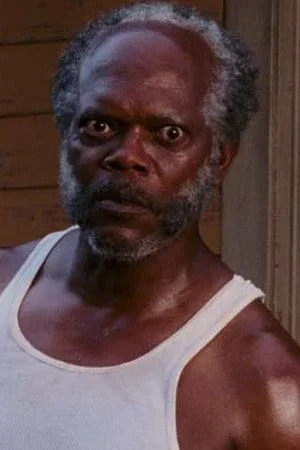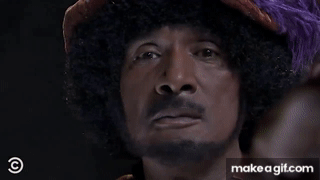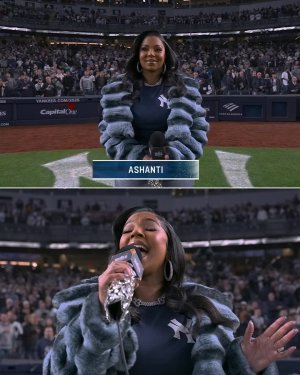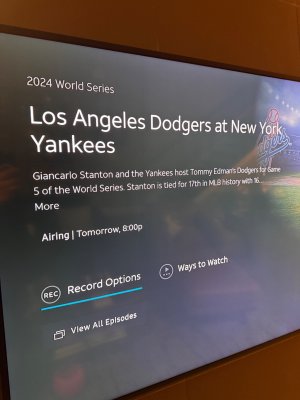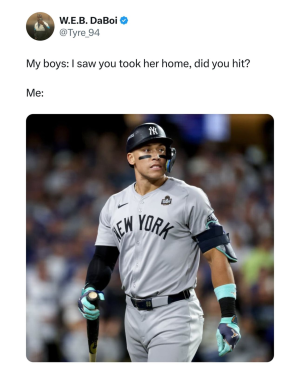Which DJ LeMahieu will Yankees get in the future?
Ryan Morik
There was a long list of disappointments from the 2021
Yankees – the one that tops the list, arguably, was
DJ LeMahieu.
After finishing in fourth and third place in the 2019 and ’20 AL MVP voting, respectively, his numbers took a massive nosedive.
His OPS this year (.711) not only was below league average, but it also was 300 points lower than his MLB-leading 1.011 from 2020. Granted, that was not sustainable for LeMahieu, as it was a 60-game season, and he never was a high-OPS guy, even in Colorado.
But that decline was still disappointing. He won the batting title last year, the second of his career. In 2019, he slashed .327/.375/.518.
Regression was expected, but he wasn’t even an offensive threat. And unfortunately, 2021 might have actually been a glimpse of what’s going to happen for the remaining five years of his six-year deal.
In 2021, Baseball Savant considered him “unlucky.” While he hit .268, his expected batting average (xBA, which takes into account, mostly, exit velocity and launch angle) was actually .279. That -0.011 difference made him be considered the 65th“unluckiest” player for batting average, out of 319 qualified players.
The same goes for his slugging percentage (.362) and his xSLG (.391). That was the 34th largest negative difference in MLB.
So, maybe it simply was just bad luck this season… until you look at his 2020 metrics.
In the pandemic-shortened season, he was actually, by far, one of the
luckiest hitters in all of baseball.
As previously mentioned, his .364 batting average led the big leagues last year. But according to Baseball Savant, he was only "supposed" to hit .308. That made him the 13th luckiest player in baseball, out of 331 qualified players that year.
In terms of slugging, he was the fourth luckiest (.590 actual SLG vs. .453 xSLG).
So, what changed?
Honestly – almost nothing.
LeMahieu’s bat-to-ball metrics from 2020 to 2021 are hardly different – in fact, some of his analytical numbers actually were better this season than last.
His hard-hit percentage went down (45.7 percent to 43.3 percent), but his average launch angle increased from 2.3 percent to 5.0 percent. He actually had more barrels per “batted ball event” (contact in fair territory) this season than last. His sweet-spot percentage also went up. His average exit velo went down less than one mph, but that small of a number hardly makes a difference.
In 2019, luck was on his side, but barely – while considered “lucky” in our previous stats mentioned that season, it’s very marginal. We can say that in 2019, he was legitimately good.
That's not to say he wasn't in 2020 - the results were there. But they were certainly inflated based off expected results.
Disclaimer: these numbers aren’t a perfect science. These numbers don’t take in to account the holes that were found, and if LeMahieu’s bat is a tick earlier or later in dozens of swings here and there, these words may not even be written.
But they are certainly a good basis. These numbers are a major reason why the Yankees let
Didi Gregorius go – and that was a move that, although hurtful for Yankee fans, seems to have worked out in favor of New York - Gregorius was one of the worst shortstops on both sides of the ball this season.
The bat-to-ball metrics have stayed practically the same for three seasons, now, so there’s no reason to believe they’ll improve dramatically.
The fact is, LeMahieu simply came back down to Earth this past season.
We all knew 2020 was a bit of an anomaly for LeMahieu – but after taking a deep dive, we can’t help but wonder if 2021 LeMahieu is what the Yankees will be stuck with






